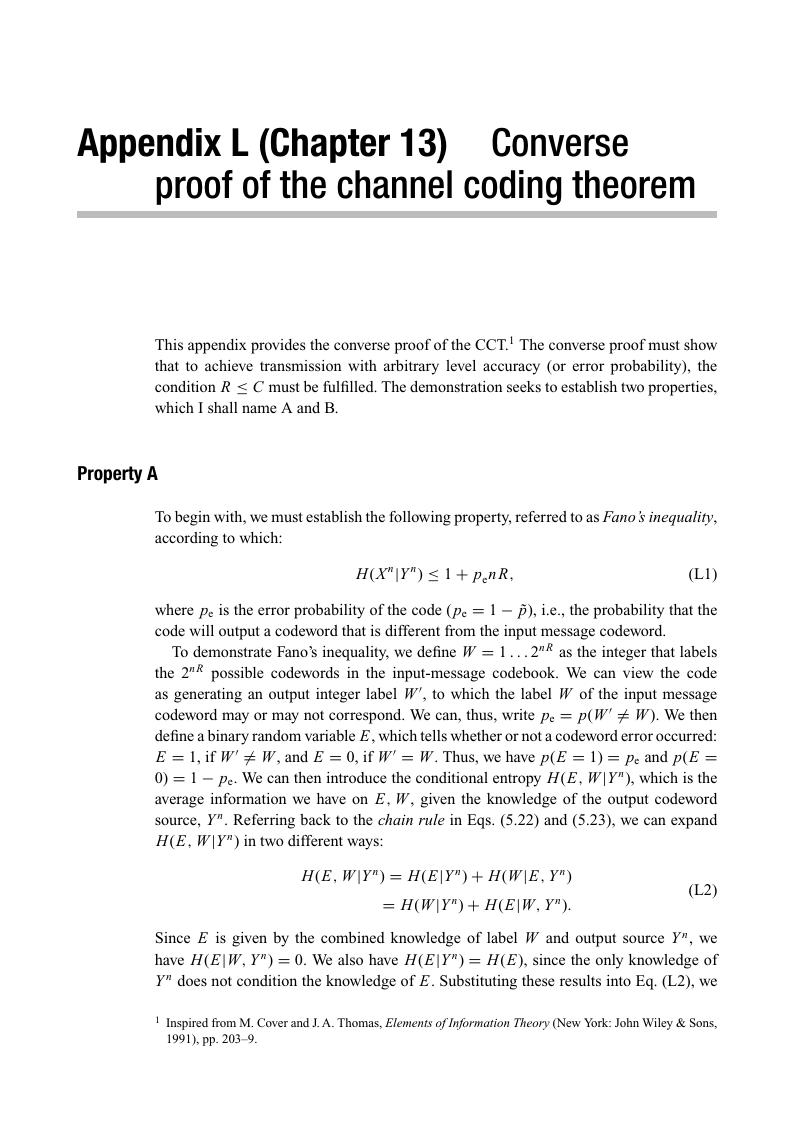
Converse proof of the channel coding theorem (Appendix L (Chapter 13)) - Classical and Quantum Information Theory
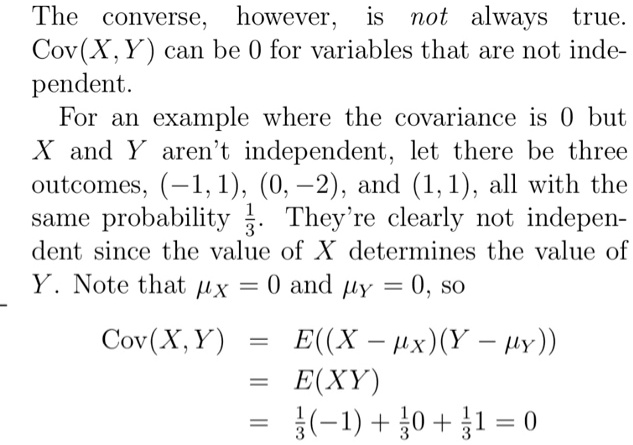
SOLVED: The converse, however, is not always true. Cov( X, Y) can be 0 for variables that are not inde- pendent For an example where the covariance is 0 but X and

Is this last statement a convergence in probability, why does this converse holds? - Mathematics Stack Exchange

self study - Conditional probability given only the converse conditional probability, and the average of one variable - Cross Validated
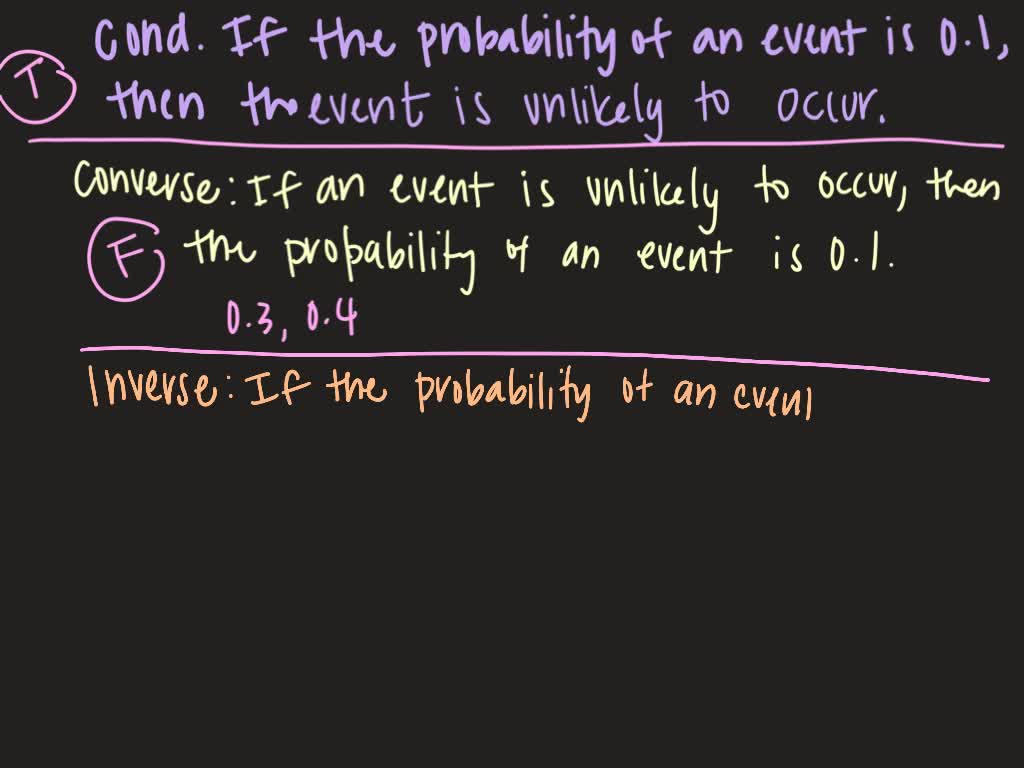
SOLVED:Write the converse, inverse, and contrapositive of each conditional statement. Find the truth value of each. If the probability of an event is 0.1, then the event is unlikely to occur.

SOLVED: Exercise #3: Argue from first principles that convergence in probability implies vague convergence. Exercise #4: Show by example that convergence in probability does not imply a.e. convergence. (ii) We say that

Chapter 5 Probability and the Normal Curve. Introduction to Part II In Part I, we learned to categorize data to see basic patterns and trends. Measures. - ppt download
![PDF] A Second-Order Converse Bound for the Multiple-Access Channel via Wringing Dependence | Semantic Scholar PDF] A Second-Order Converse Bound for the Multiple-Access Channel via Wringing Dependence | Semantic Scholar](https://d3i71xaburhd42.cloudfront.net/0b85f591c12362f76a180c96adbd91a9067d2574/7-Figure1-1.png)
PDF] A Second-Order Converse Bound for the Multiple-Access Channel via Wringing Dependence | Semantic Scholar

Chapter 5 Review Probability – the relative likelihood of occurrence of any given outcome or event, ranges from 0 to 1 Converse Rule (not) Multiplication. - ppt download

Lecture 9 - slides - Math 2 Probability 9 Several Random Variables 9.0 Learning Outcomes After - Studocu
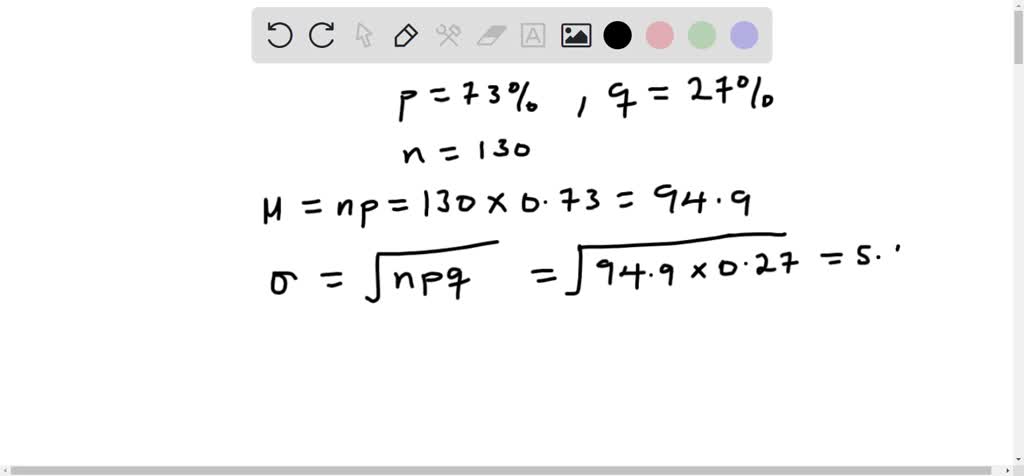
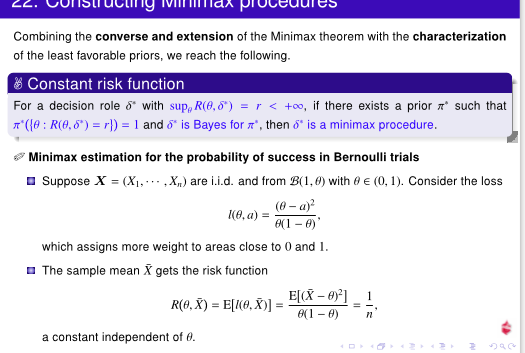

:max_bytes(150000):strip_icc()/converse-5655e26e5f9b5835e437fb1a.jpg)


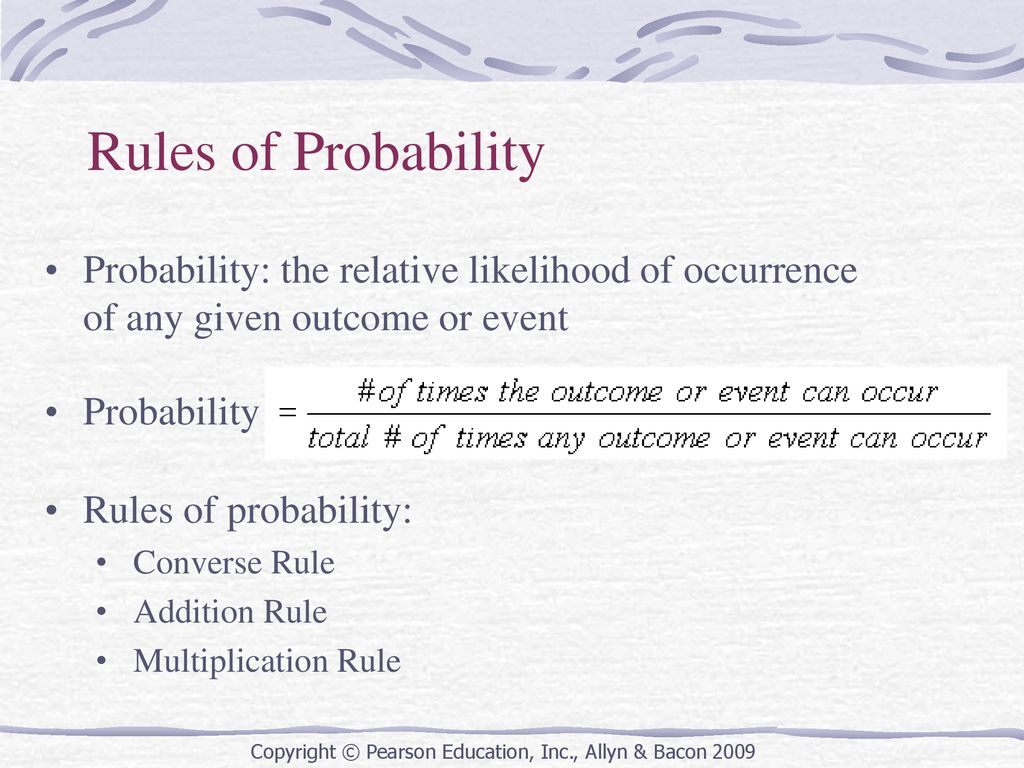


![PDF] On two strong converse theorems for discrete memoryless channels | Semantic Scholar PDF] On two strong converse theorems for discrete memoryless channels | Semantic Scholar](https://d3i71xaburhd42.cloudfront.net/8643a027650c3908d1585f3550797c94ce5824fa/5-Table1-1.png)

